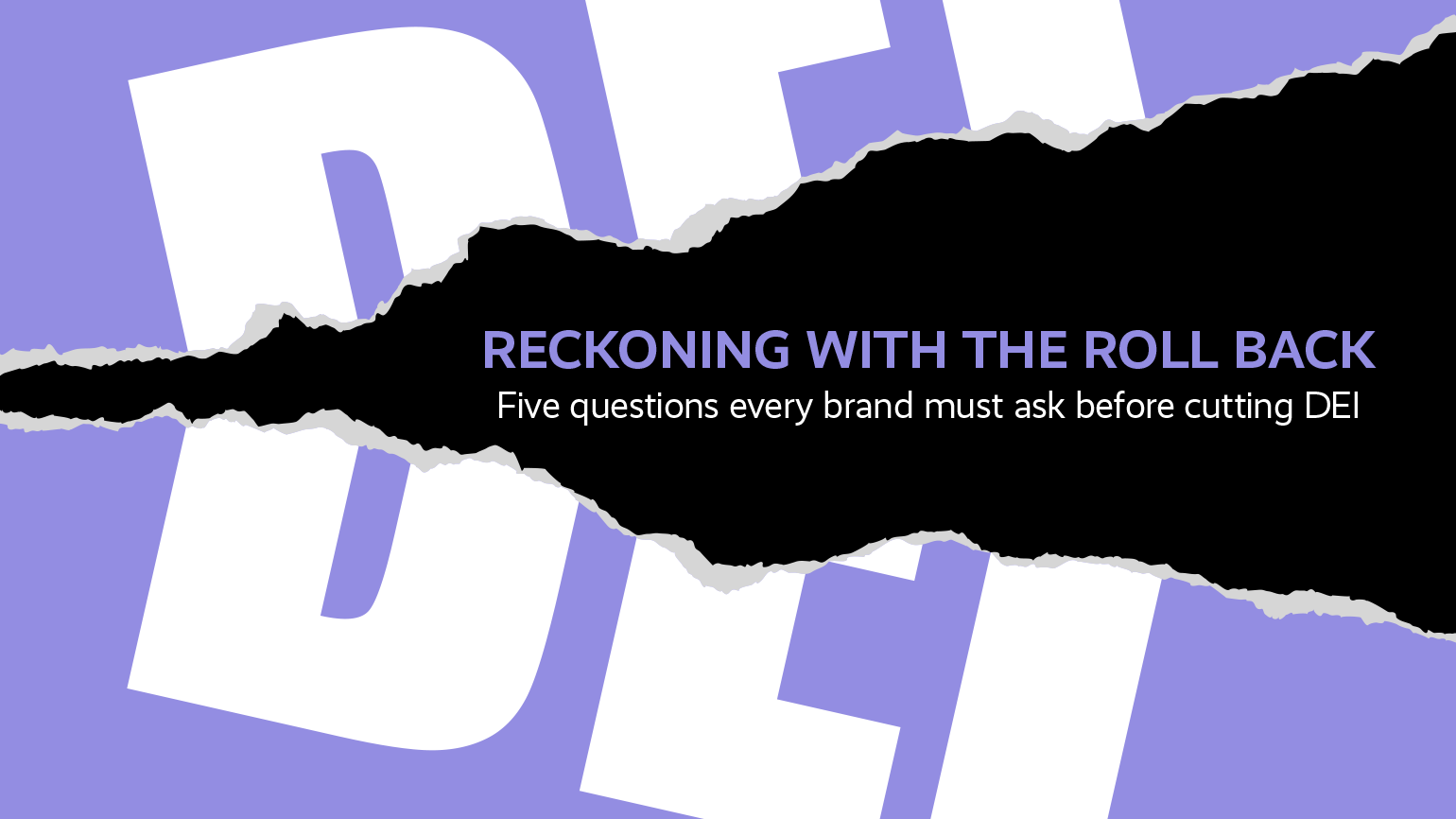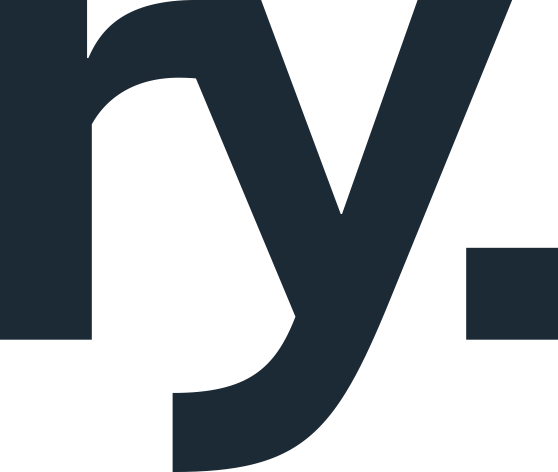
In a time when DEI is being politicised, deprioritised or quietly dissolved, many brands are facing pressure to scale back. But before you roll back the very programs built to unlock innovation, talent and resilience, ask yourself - what are you really walking away from?
Whilst DEI as a term is undoubtedly loaded, the necessity of inclusion in our workplaces is essential - and at risk.
These five questions are designed to push your leadership conversations deeper and reframe what’s really at stake as we navigate these tricky waters.
1. What future are we building if we abandon the tools designed to make our business more fair, innovative and inclusive?
Whilst it’s easy to see ‘DEI’ as a corporate trend – at its best, it’s a framework for future-proofing your business. A rollback now could dismantle the very infrastructure needed to succeed in tomorrow’s market - one defined by demographic shifts, global interconnectivity and modern definitions of leadership.
Tips for reflection
• Look at how your future workforce and customer base are evolving. Are your hiring, leadership and brand practices ready for a generation that expects inclusion as a baseline?
• Ask: What does a future without intentional inclusion look like — for our leadership pipeline, our customers and our culture?
• Reflect on how DEI aligns with innovation, product development and market expansion strategies.
If in limbo, as the world (and your employees) watch on, affirm your commitments with storytelling that celebrates and reassures your people. A show-not-tell approach can be effective as you work out next steps. Saying nothing rarely is.
2. Are we willing to risk our reputation, talent pipeline and customer trust, just to avoid discomfort or political backlash?
Stepping back from DEI may quiet critics in the short term but it broadcasts something louder – that your values shift with the wind. In today’s climate, silence speaks volumes. Whilst legal risks in the US are real, it’s worth considering the wider risks a gut reaction to DEI may have.
Tips for reflection
• Audit recent feedback from employees, clients, and partners - how important is your DEI stance to their trust and loyalty?
• Challenge what ‘inclusion’ looks like in action not words – how will people feel it, without the initiatives or expectation?
• Ask: Are we making decisions from a place of pressure or principle? What do people outside the room (e.g. candidates, consumers, investors) assume when DEI is cut?
Reframing how you talk about DEI is an option, but don’t just drop the acronym, consider if your initiatives and policies are fit for purpose too. This moment provides a real chance to kick the critics, by homing in on what really works (e.g. standardised hiring processes, leader targets and pay equity) and leave the ineffective aspects of DEI behind.
3. If we roll back DEI, what message are we sending to our people - and the world watching?
Culture is fragile and shaped by actions. Rolling back DEI sends signals that often outweigh intentions - and those signals land hardest on those who’ve historically felt least heard. The domino effect? When your workforce stops reflecting the communities you serve, you don’t just lose trust, you lose relevance.
Tips for reflection
• Ask: Who will feel most impacted by a rollback- and have they been consulted?
• Consider how changes will be perceived across different levels of the organisation, not just at exec level.
• Discuss how you’ll communicate any changes - and whether the message truly reflects your values. Sweeping it under the carpet is likely not the best option.
If you really have to rollback your commitments, consider doubling down on your Code of Conduct or reassessing your values to emphasise your commitment to upholding a fair and inclusive workplace.
4. Will walking away from DEI make us more competitive — or just more complacent?
Abandoning DEI may feel efficient - but more often, it signals stagnation. The most competitive organisations don’t sidestep complexity, they lead through it. With diverse and inclusive companies averaging 36% more profitability than peers and employee retention rates over 5 x higher, there’s plenty of reason to consider your strategy.
Tips for reflection
• Look at where DEI drives business value today, e.g. in customer insight, product design, leadership and supply chain (our sustainability guys can help you with that)
• Assess whether you’re treating DEI as a compliance exercise or a competitive advantage and how you can realign your approach, to something more impactful and attuned to your ambitions.
• Ask: Are we changing for the business we are, or the one we want to become?
If you decide to join the likes of Apple and stand firm, it presents an opportunity to publicly affirm your commitments and drive brand loyalty (you hero).
5. Are we prepared for the legal, financial and cultural fallout if we’re seen as backtracking on equity and inclusion?
This isn’t just an optics issue, it’s a risk issue. Rolling back commitments may save budget today, but could cost far more in legal fees, lost talent, damaged partnerships and public trust tomorrow.
Tips for refection
• Speak with legal and compliance teams about risks to workforce equity, discrimination and reputational risk.
• Map out the true cost of backlash - not just media headlines, but missed partnerships, lost talent and long-term brand erosion.
• Ask: What’s the real price of being perceived as regressive in a world that rewards transparency?
Final thought
Cutting DEI may seem like a bold move, but the boldest and smartest brands will ask the harder questions first. Not just what can we cut, but what kind of company are we choosing to become?
If you’d like a hand navigating these pretty difficult times, get in touch.
